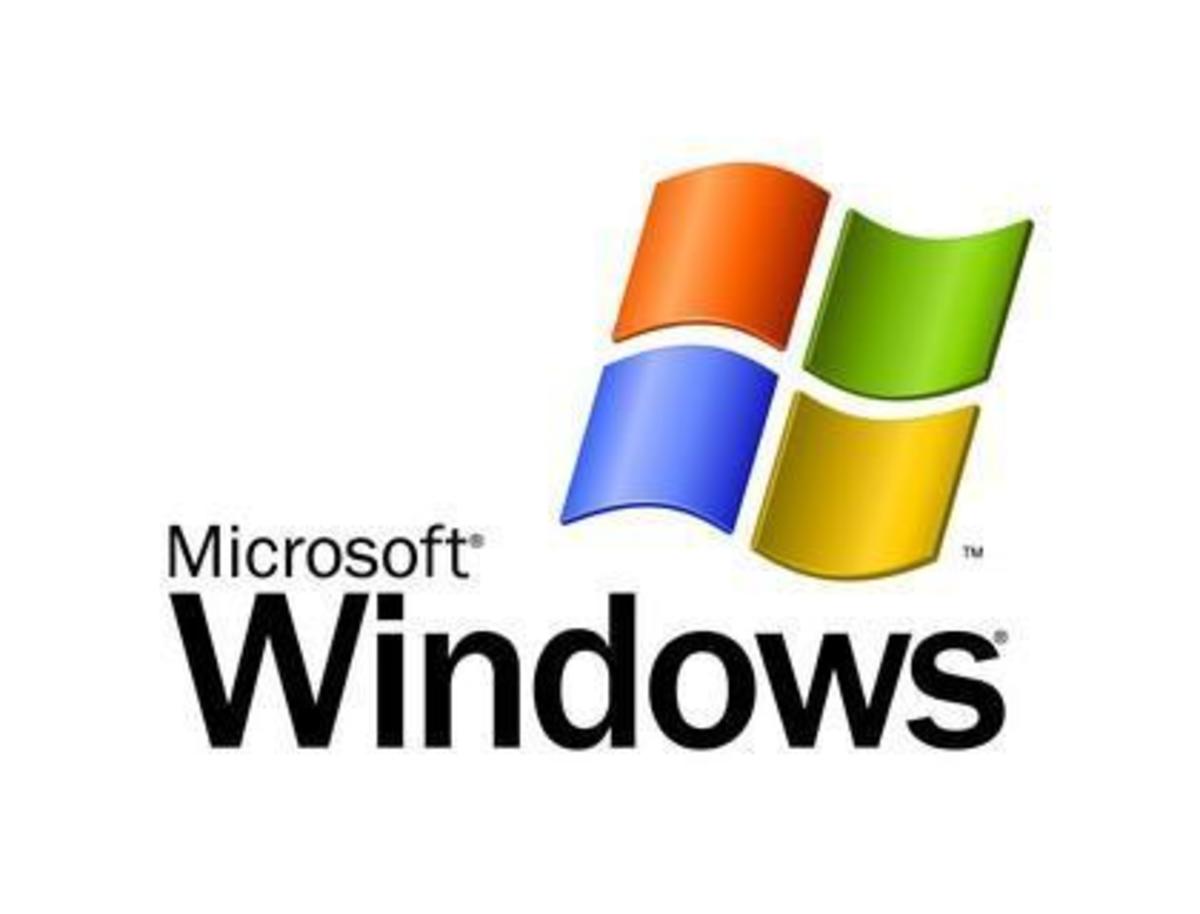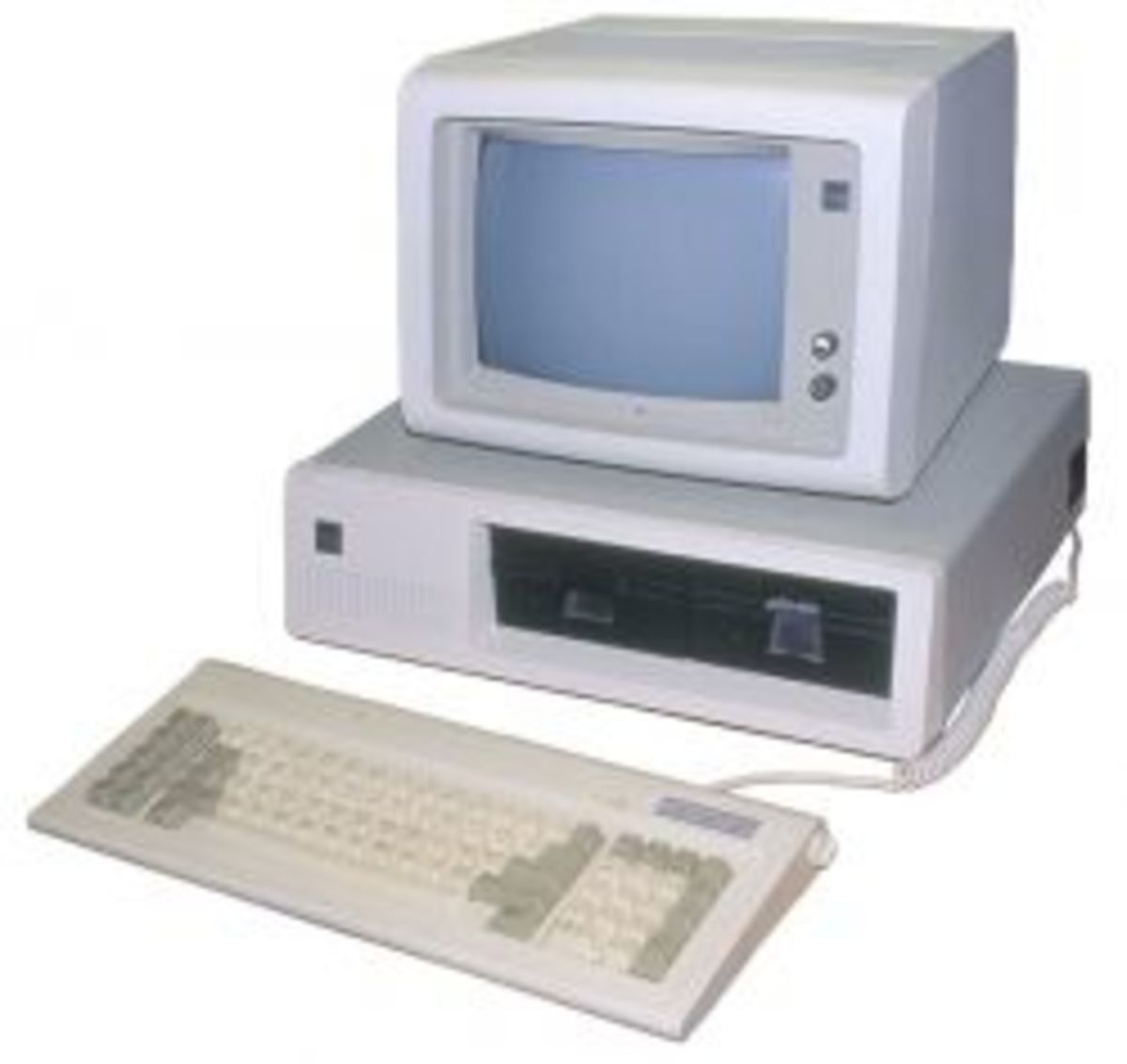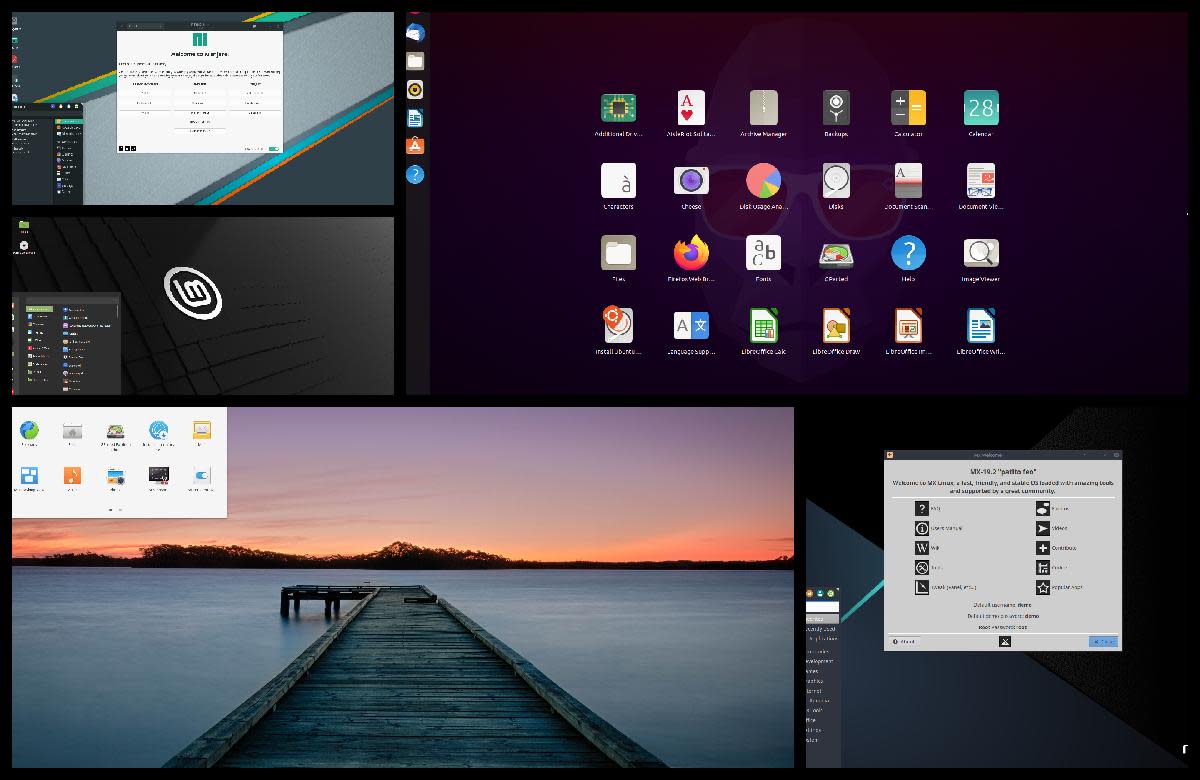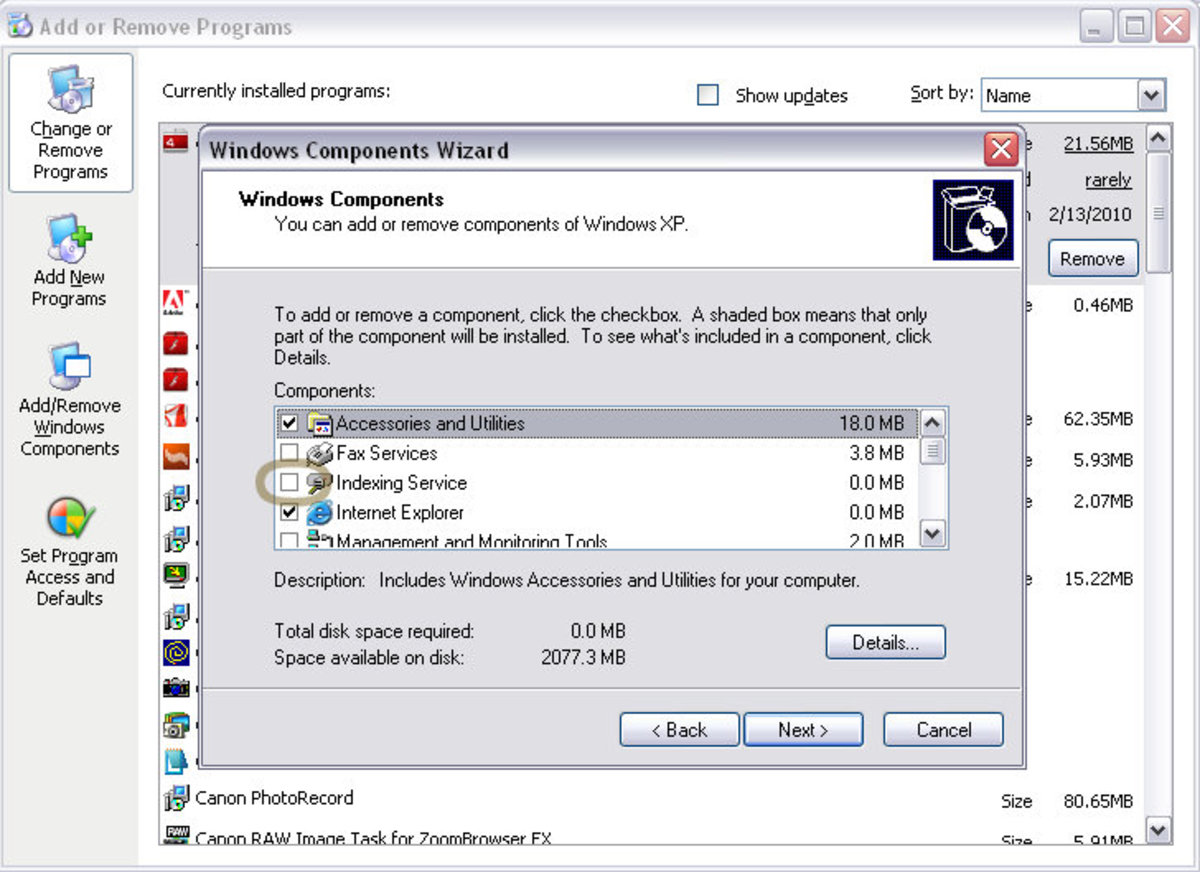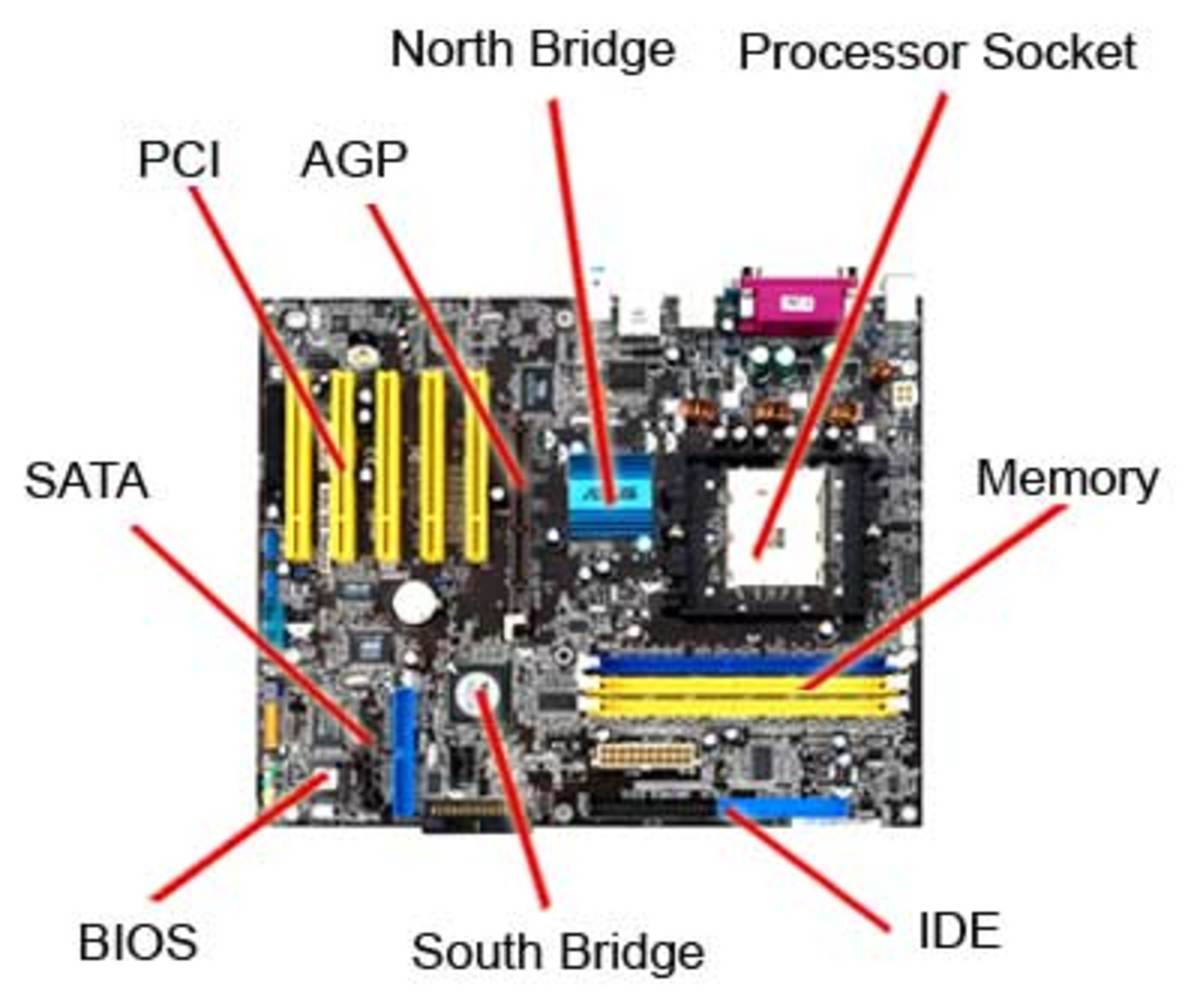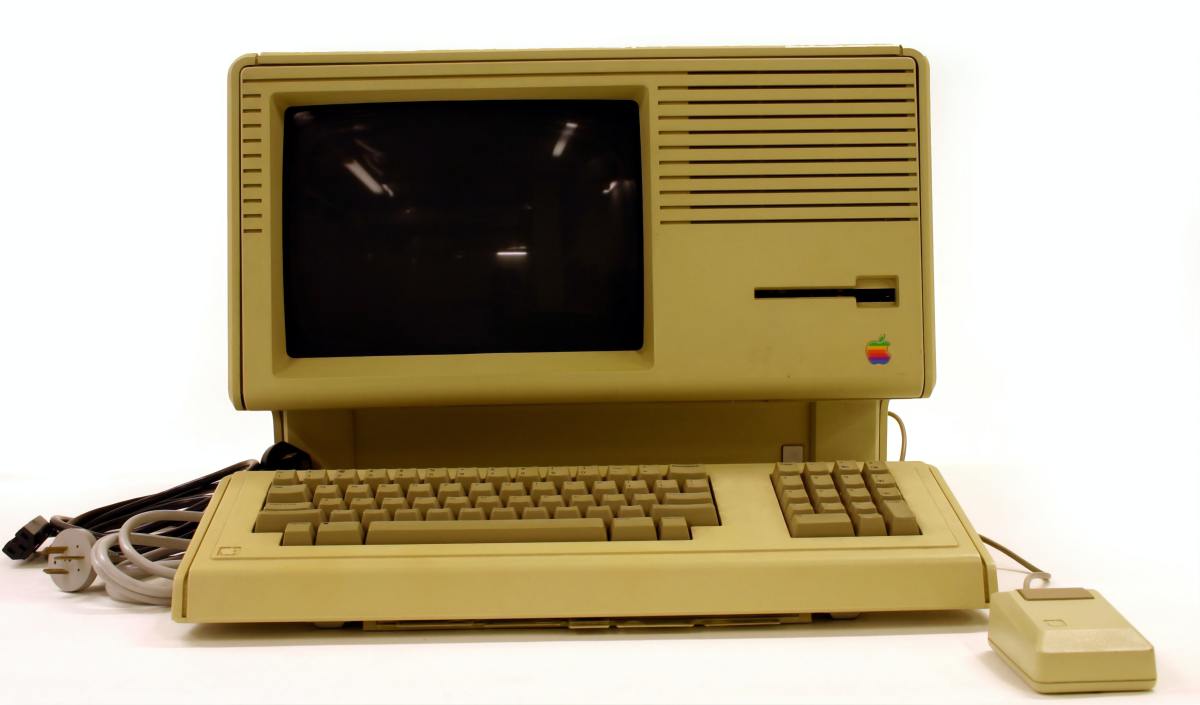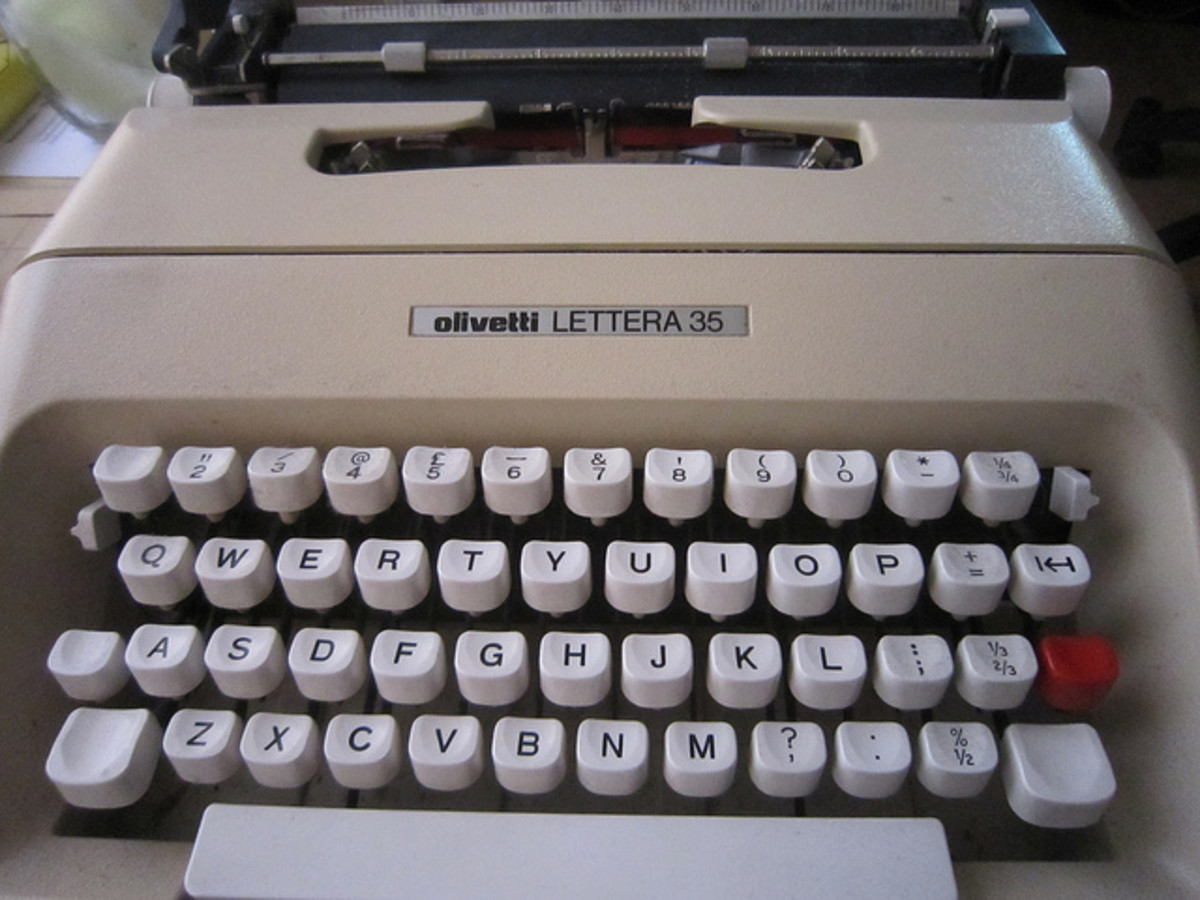How to Switch from Windows XP to I-MAC
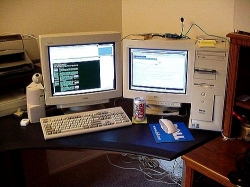
How to Switch from Windows to Macintosh
For about a year I've been contemplating buying a MAC. I've been using Windows for about 14 years and was mostly happy with it, but in the last year I started doing more work with graphics after opening a Zazzle Store. Then I decided that my lenses could be better with custom made videos, and I bought a flip camera. Then I noticed that when I wanted to edit the videos and work with Photoshop Elements 8 at the same time, Flipshare would stop working. I thought I had plenty of memory, but my computer just wasn't mighty enough to do everything I wanted to.
The biggest obstacle to my actually buying a MAC was that, as a bookseller, there were two Windows programs I had to keep. One of them was Booktrakker, an inventory management program especially for booksellers, that won't run on a MAC. The other was Microsoft FrontPage, a web design program no longer supported by Microsoft, that I still use to maintain my website of over 100 pages. No way did I want to start over.
I had heard that in recent years programs have been developed to run Windows programs on the MAC, so I wanted to explore those options. I was tired of programs crashing all the time in Windows XP. Professional photographers I've been meeting believe the MAC is almost essential for anyone doing serious graphics work, and I knew I needed a more powerful system to accommodate the changes in my computer needs. I needed a new computer, and I knew it was time to seriously explore the MAC option.
Five days ago I brought home my new I-MAC with the Snow Leopard Operating system. This lens will describe my experiences and adjustments in case you are thinking of making the big change. This covers some of what the books and reviews you read on line don't cover so that you will know some of what to expect.
The Big Decision -- Windows or MAC or Both
As I was deciding whether to switch to the MAC and sharing my transition pains with my friends, I discovered that many people have definite opinions about which machine is better -- a PC running Windows or a Macintosh. This debate has been going on for as long as I can remember there being a choice. I have tried to keep an open mind and probably wouldn't have switched had my Windows machine been more stable. But I'm curious what the rest of you think. I personally believe the kind of work you do most should determine which computer you need. I asked a friend of mine who is building a photography site if he had a MAC, and he said he was more than happy with his PC. Then he asked why I don't just ditch my new MAC, since I seem to have so much trouble finding things. I think I know which side of this debate he'd take.
Which is best, PC or MAC?
The most important first step is to write down the reasons why you want to make the change.
When you bring the new computer home,setting it up isn't too difficult. But when you turn it on, you may feel like you've landed on a different planet -- especially if you are used to working in Windows XP or lower and you are also running Windows 7 or 8 on your new MAC. Unless you are a very fast learner, you may feel you've made a terrible mistake and question why you ever bought this alien machine. That's when you need to go back and look at the reasons you wrote down.
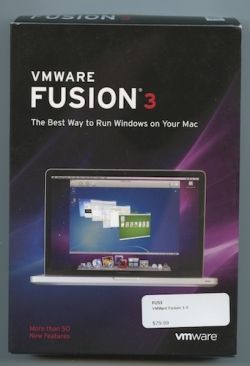
Choosing a Program to Run Windows
In my research, I learned there are basically three programs for running Windows on your MAC. One, Boot Camp, runs Windows as a separate operating system. That means that if you are working on a MAC program and need to do something in Windows, you have to shut down the MAC operating system and reboot in Windows. So every time you want to switch form working in one operating system to the other, you have to to stop working on what you were doing and reboot.
There are two programs that let you working in a simulated Windows environment within the MAC operating system so that you can switch between the two operating systems without rebooting. You can even be working in both at the same time, and cut from windows to paste into a MAC program. These programs are Parallels Desktop and VMware Fusion. I've read you can even install either of these on the same computer with Boot Camp, so that the limitations of one can be overcome by using the other. (It is said that you need Boot Camp if you want to play 3-D games, --which I don't -- since Parallels and Fusion only get about 90% of Boot Camp's Windows speed.
Before I made the switch, my husband wanted me to find other booksellers who were successfully using Booktrakker in on the MAC using the program I was considering. I finally found one who had made the switch and was using VMware Fusion to run Windows. I had also bought a book, Switching to the MAC: The Missing Manual,Snow Leopard Edition, before making my decision, so I could get an idea of what I was facing. I decided I was ready to make the switch. Besides the MAC, I also needed to purchase Windows 7 and VMware Fusion. I knew I might also need to buy a new printer, though I thought I had found a work around to continue using my HP LaserJet 5L, which I love.
Just to make matters more interesting -- and challenging -- we were about to have our house tented for termites and I wouldn't be able to work in my office anyway during that time. I decided to take the old computer to the MAC store the day they tented the house so they could transfer all my data and install the new programs as best they could so I'd be ready to start work again when we moved back into our house. I wasn't counting on the DSL lines going out at both the home office and the location where we were staying while all this was going on, so I could not download Booktrakker and Endicia, my shipping program that prints postage, the first night I was home. I had to wait for a repairman from AT&T to come the next day.
I had anticipated a learning curve on being able to work in the MAC and was extremely disappointed I would have to switch from my obsolete email program, Eudora, since no one knew how to transfer my 14 years of mail and addresses into the MAC mail program. Fortunately, I still have my old computer at my other location, so I have access to my old email there. Not every email program from Windows can import your mail boxes and addresses into MAC's mail program, so that's one change you will need to prepare yourself for.
I did not anticipate the learning curve for Windows 7, since none of the other Windows upgrades I've been through radically changed my way of working. Windows 7 is totally different in its organization. When I first got my MAC, I couldn't find anything . Even the act of finding an image to put in this lens was a project,since I hadn't figured out how to find things in iPhoto yet. I used to just open the right folders, choose a file from the list or icons, and click upload in the lens workshop. For this lens I had to keep scrolling through files I had just transferred from a thumb drive and still I couldn't find the right folder from a list somewhere.
I finally did find some help in solving this problem. I was told that on my MAC everything was on my desktop. I had to go to the desktop, find the hard drive icon, and drag it into my finder. Now it sits at the top of my Finder under devices as the Macintosh HD. I can open it and organize and see my files. I'm happy with that now. I suppose you can also click the icon from the desktop, but I can never see my desktop because I've always got several windows open.
After bringing the new computer home, I expected all I'd have to do is download the programs I had to reinstall and restore the data and I'd be all set to start processing orders again. WRONG! When I got Booktrakker installed, and tried to process the first order, I discovered I could not type into the program. Well, I could actually type, but it took literally about five minutes for the typing to be seen on the screen. I then discovered that the MAC tech support plan I had bought did not mean I had 24/7 phone access to a person. I also found out that MAC people thought it was a problem with VMware Fusion and that you had to allow 4hours for email support for Fusion -- after you somehow established an account with them. In despair I called the sales department for Fusion, and the salesman helped me allot more memory to the Windows side and also changed the display to something called "Unity," He also showed me that I could type in Notepad,and since he'd never heard of Booktrakker he had no idea why I couldn't type in that program. I have to tell you I was almost in tears when I finished talking to him. The reviews and the book made it sound so easy. I wasn't supposed to be having these problems. I was supposed to have enough power to do just about anything but play 3-D games, but somehow, even with two gigs of RAM on the Windows side, I was having serious problems. I was beginning to think I had made a serious and very expensive mistake.
Do you need to run Windows on your MAC?
If you prefer the earlier version of VMWare Fusion that I have, just click on the newer version below and you'll be able to find it and compare to see what goes best with your current software.
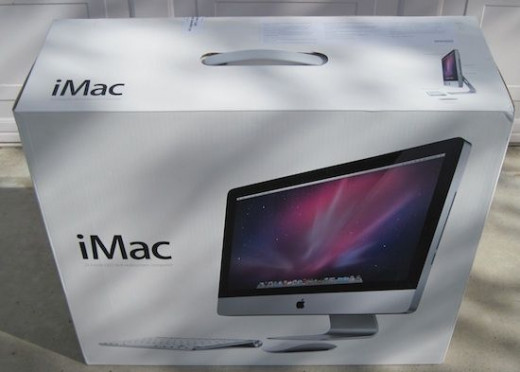
Have you switched from Windows to a MAC?
Have you left the familiar Windows environment and switched to a MAC?
Things to Anticipate Before You Make the Change from Windows to MAC - It's going to change the way you work.
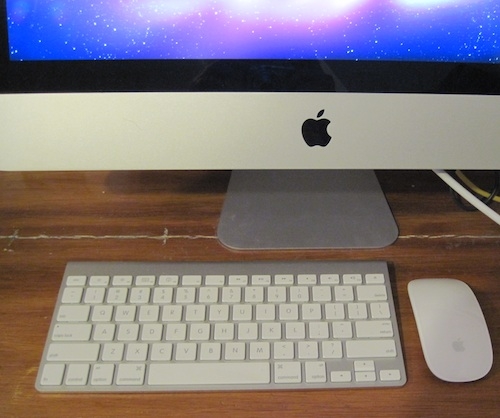
As I write this, I have had my new MAC exactly a week. I am learning and forming new habits, so I have been able to start processing orders again. But there are still many things I need to learn if I am going to be happy and productive. Here are something I wish I had known before I made the switch:
1. Familiar programs you have been using routinely and thought you knew may look and act much different in their MAC versions. One I use every day, Endicia, my shipping label postage printing program, has a much different interface in the MAC and cannot be customized in the same way as in the Windows version. At first this bothered me, but after talking to their technical support about my questions, I discovered many things in the MAC version are more automated and do save me time.
2. Keyboard shortcuts are different. If you are used to using Control-X to cut, etc. you will find that you need to use a different key - the command key - instead of the control key - in many of these shortcuts. To go to the end or beginning of a line you need to use the fn key with the side to side arrows. There is no home or end key, or keys for page up and page down. That's just the beginning. You will want to have a book to walk you through this.
3. Your mouse may not behave in the same way. I have a new Magic Mouse that came with my I-MAC. It's got two buttons, but it hardly ever brings up a menu when I right-click - even though I've set the secondary button. Today I found out what I was doing wrong. To click the right mouse button, you have to click it all the way on the edge. I was clicking it closer to the middle on the right side. You need to actually feel the edge when you right-click on the Magic Mouse.
One thing that does still bug me is that when I move away from the page, say to paste something on it from another web page, like a link, a message will pop up that asks whether I want to shut the page without saving or save it. This appears to be because I've accidentally done something on the mouse that makes it want to move back a page and forces me to close the page I'm working on.
4. If you buy an I-MAC, as I did, remember that if you want to use a card reader or thumb drive or Flip Camcorder, all your USB drives are at the back of the computer where they are hard to reach and see what you are doing unless you turn your computer around. I have tried using a USB Hub, but I've crashed my computer doing it because the computer decides to disconnect whatever you plugged in, on its own, and then you get a message saying you didn't eject properly, and if you then remove the drive, it may not work anymore and you also might have lost your pictures or damaged the drive beyond repair.
I recently discovered this can also happen if you plug that drive into the back and move the computer around again so the screen is at the front. Now I have to unload my pictures and videos with the computer sideways with barely enough room left at the edge of my desk to move the mouse. This is the price you pay for the sleek design that some people seem to love. If the back of your computer is easily accessible without moving your I-MAC, this won't be a problem for you. Mine is on a desk with shelves near the back, so I cannot easily access the back.
Afterward: When I last went to the MAC store I mentioned how frustrated I was with this and that the hub they had sold me with the MAC was useless. They sold me a different cable where I can plug in my reader or a wired mouse with no problem if it moved. They said that problem I was having shouldn't have happened. I haven't had a problem with the new cable.
If you're considering a switch to a MAC, you need this book.

Useful Links on How to Use Your I-MAC
I found these pages with their explanations and videos very useful in teaching me how to do things on my new I-MAC
- Switch 101: Migrate to MAC
This is part of the MAC support page that will help you find important information on how to use your MAC -- whether you need to move files or connect your peripherals or use the the programs that came with your MAC, - Videos that will teach you how to uses your MAC
This is for those of you who want to see a demonstration instead of just reading about how to do things. - How to Burn a DVD on a MAC
I confess. This link is for me, since someone asked me tonight to burn a DVD of a video I took.
I'd love to have you share your story -- or just let me know your stopped by.

